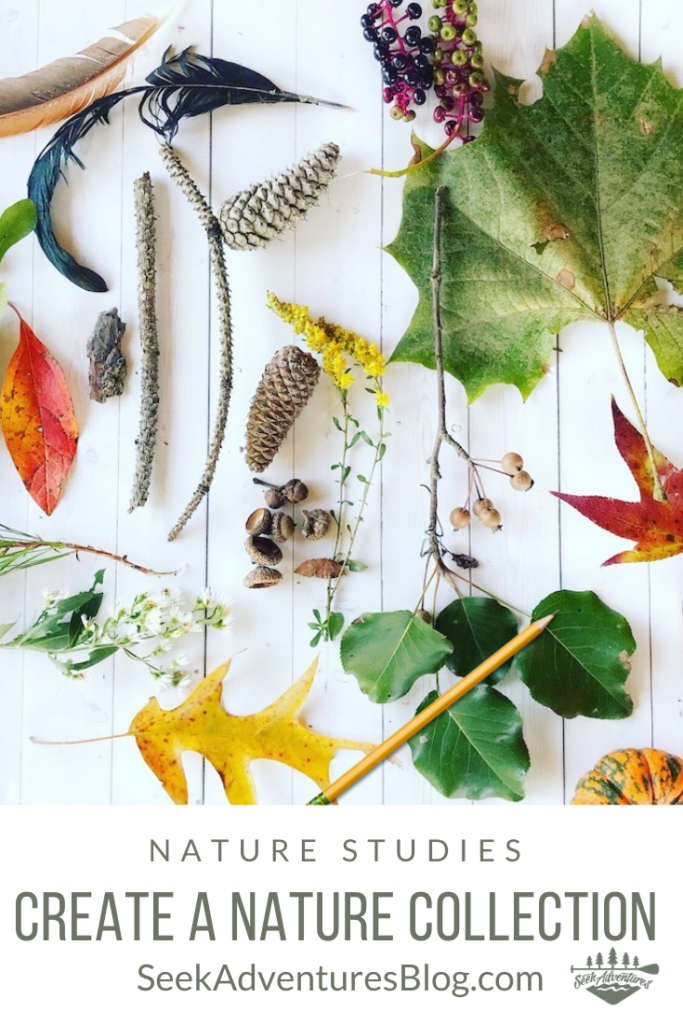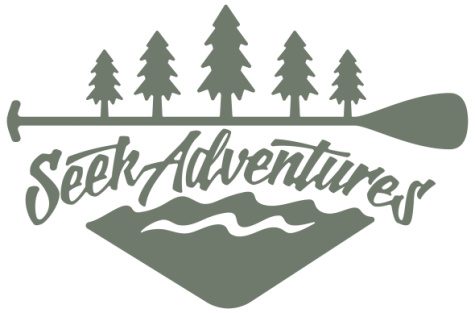Learn how to create a nature collection that will spark wonder, excitement, and curiosity.
I have been a lover of nature for a long time and enjoy collecting and displaying curiosities collected during my time outdoors. I can’t pinpoint an exact moment that kindled that fire, but certain things stand out in my mind. Going to a rock shop with my neighbor in the third grade, visiting a museum in Florida that had a beautiful display of seashells, and visiting the Fairbanks Museum of Natural History in St. Johnsbury, Vermont. Seeing display cases full of flora, fauna, and rows and rows of taxidermy just get me a little giddy.
This post contains affiliate links so we can earn fees on qualifying purchases.
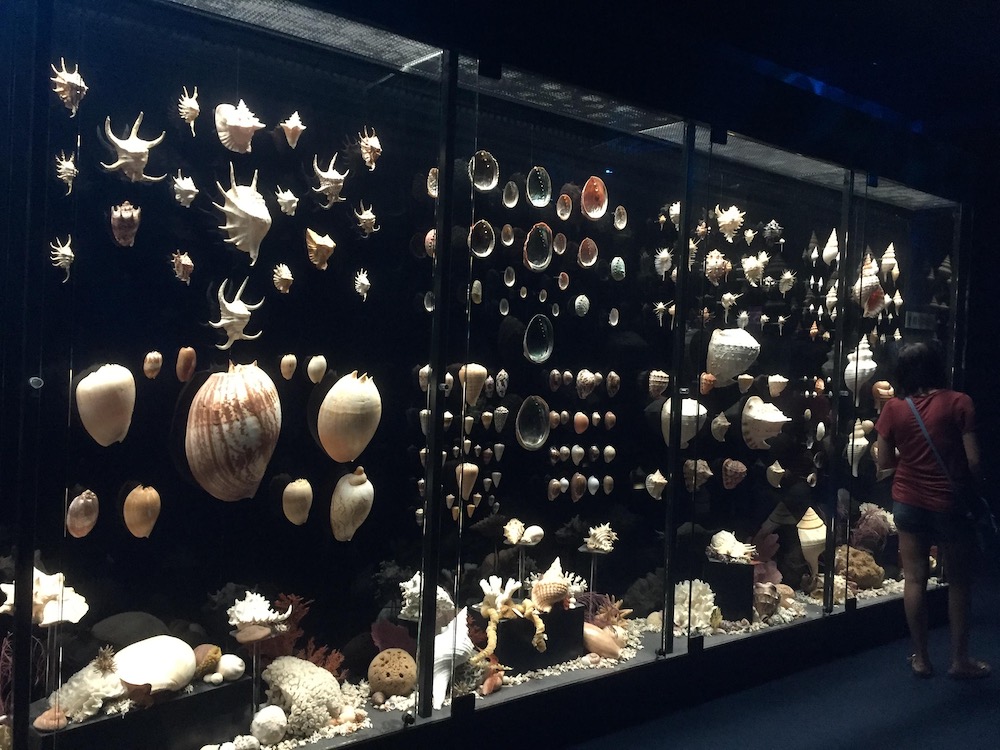
Nature collections can vary from season to season. What I find in my backyard may be different than your backyard. That diversity is what makes them so exciting and so beautiful. Are you ready to curate a cabinet of curiosities nature collection?
What is a Cabinet of Curiosities?
Curiosity Cabinets may date back to the 1500s and were originally full rooms rather than a shelf or box. Cabinets of curiosity were initially owned and maintained by the wealthy. Those who could afford to travel to seek or purchase unique objects. The collections varied from notable small items to works of art, but the collections were meant to be admired.
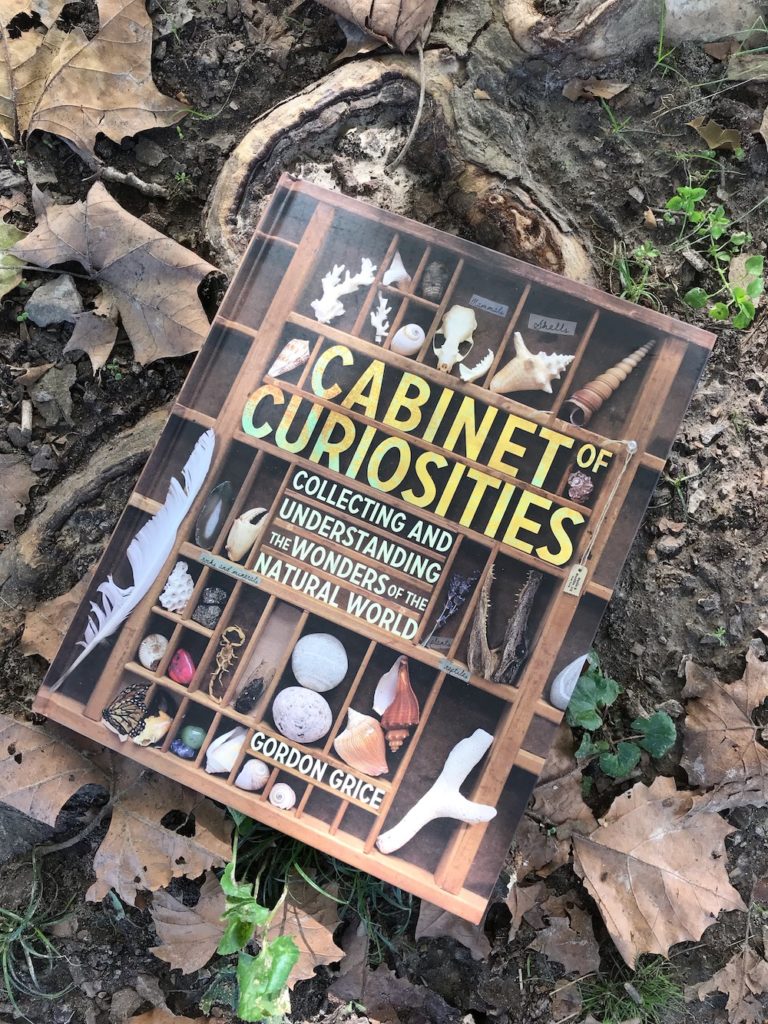
Presently the term Curiosity Cabinet generally refers to a small divided shelf or drawer containing various objects of natural history, rocks, and minerals, archaeological finds, antiquities, or small pieces of art.
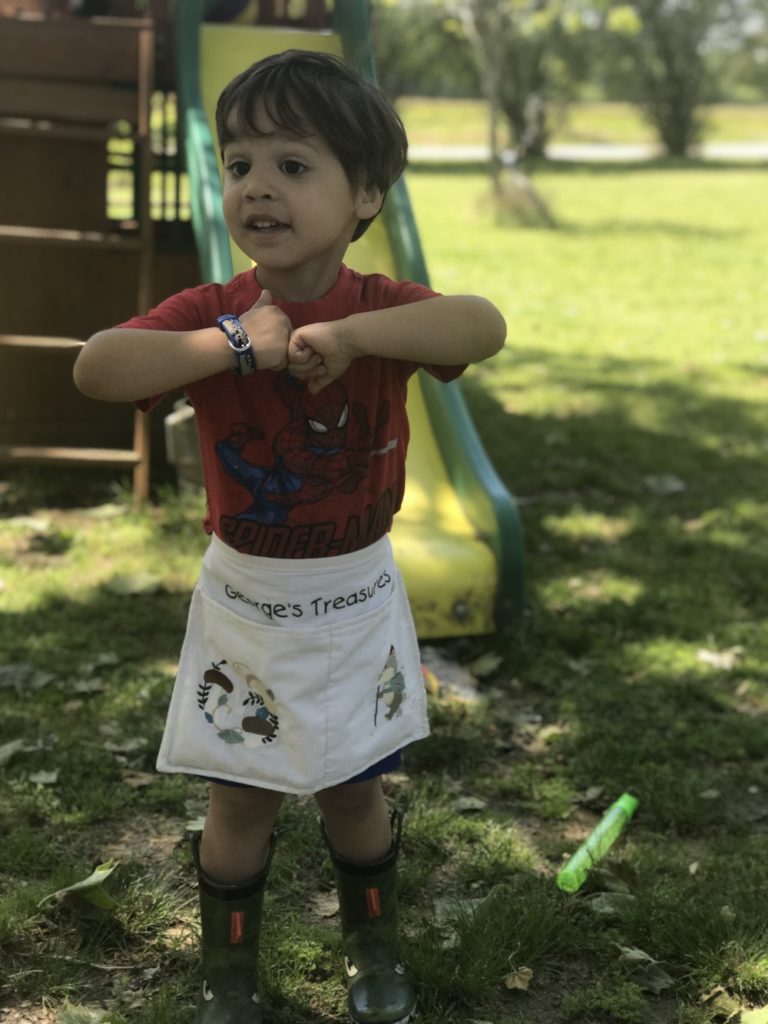
How to Curate a Cabinet of Curiosities Nature Collection
Step 1 – Decide What You Will Collect
We love to create seasonal nature collections, but we have a few ongoing collections that we add to regularly. Here are a few suggestions of things to collect:
Wildflowers
Leaves
Tree Nuts (Acorns, walnuts, pecans, etc.)
Animal Bones
Shells
Snake Skins
Rocks
Gems
Bugs and Butterflies
Feathers (Be sure to read up on the Migratory Bird Treaty Act and know that it is lawful to photograph feathers but not keep them.)
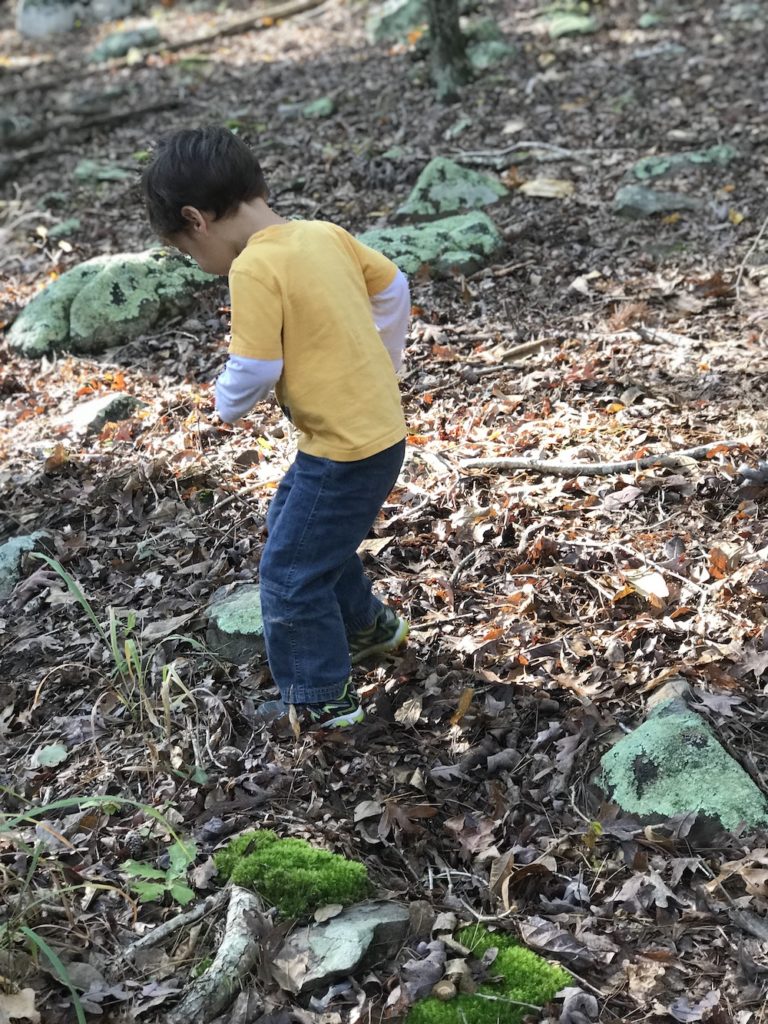
Step 2 – Set Up Your Display
Option 1: Simple Collection
A simple collection is perfect for kids or those just building a collection of curiosities. Get a box such as a shoebox, a cigar case, or a photo box. Even a plastic organization tub will work perfectly. As you collect your items, simply add them to the box. You may want to keep a simple log of what you find along with when and where the object was located. To view your collection, just open the box.
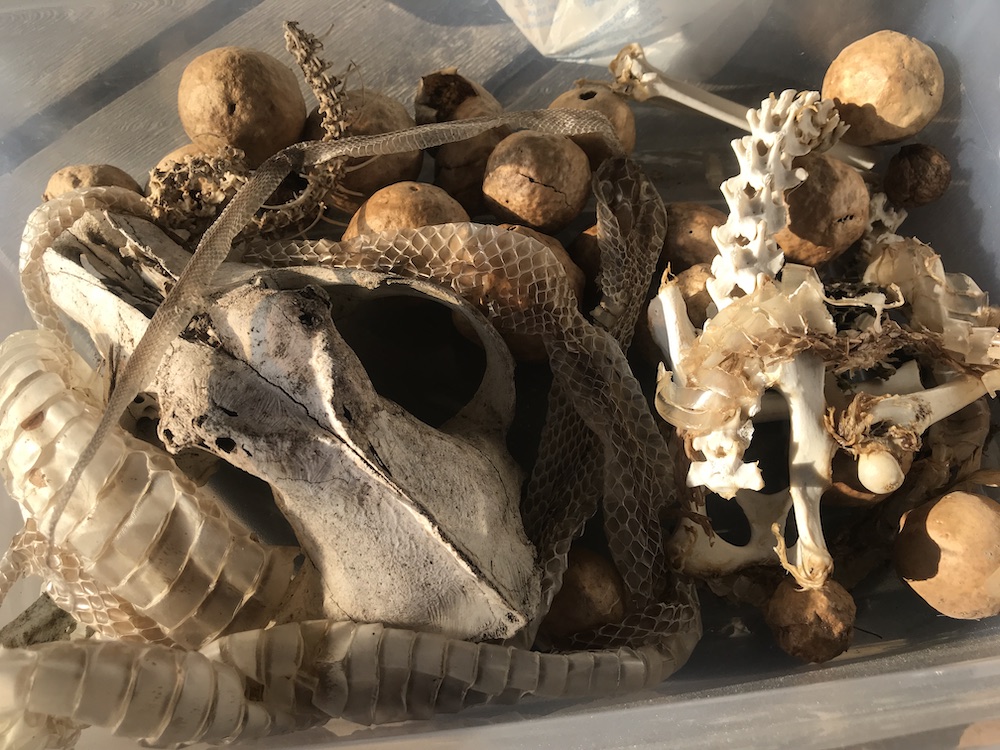
Option 2: Simple Shelf Display
Keep a dedicated curiosities shelf on a bookshelf in your home. You can also use a windowsill. Add and take away items as you see fit. The collection will be right there for you to enjoy anytime you wish. This option is especially great if you have larger items in your collection.
Option 3: Printer’s or Typesetter’s Tray or Box
These collections are displayed in antique (or replica) printer’s or typesetter’s tray, box, or drawer. The box can be attached to a wall for a semi-permanent display case. For a more permanent display, attach a piece of plexiglass to the front to protect the objects inside. These collections make beautiful home displays.
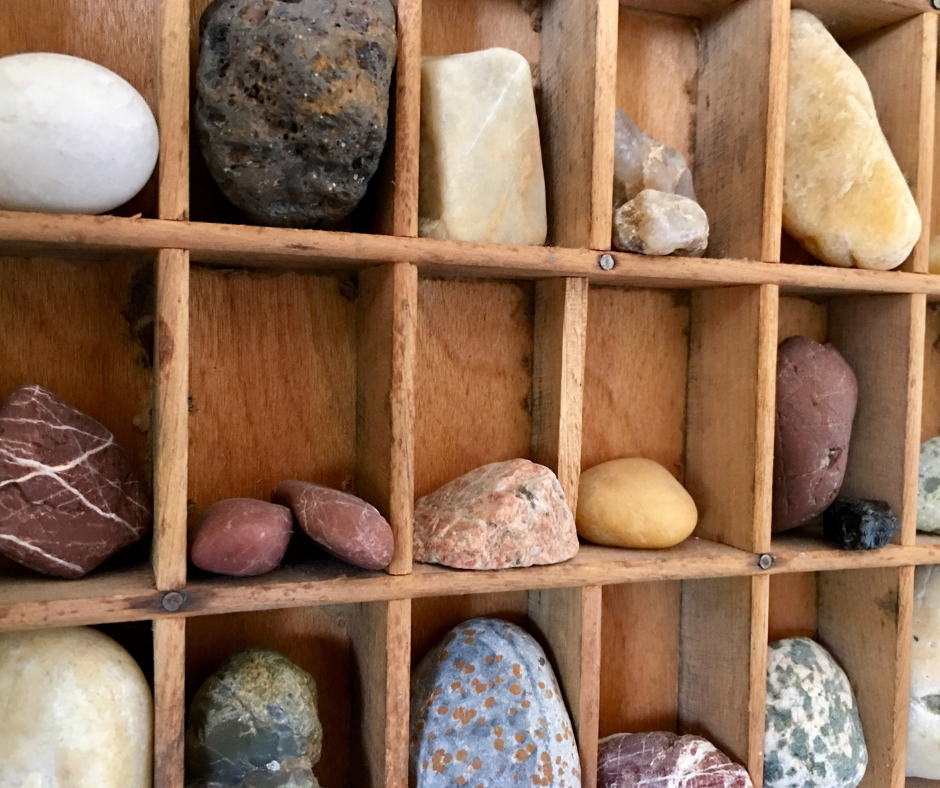
Option 4: Photo Collection
Space is an issue for many people, so it’s easy to save space by creating fun photo collections. This also gives you the option to rearrange your items in different ways or even on other backgrounds. Use a table, a piece of cloth, or a photography background like I have used and arrange your items. Take a “birds-eye” photo from straight above. Share your photo on social media or print it, and put it on display in your home.
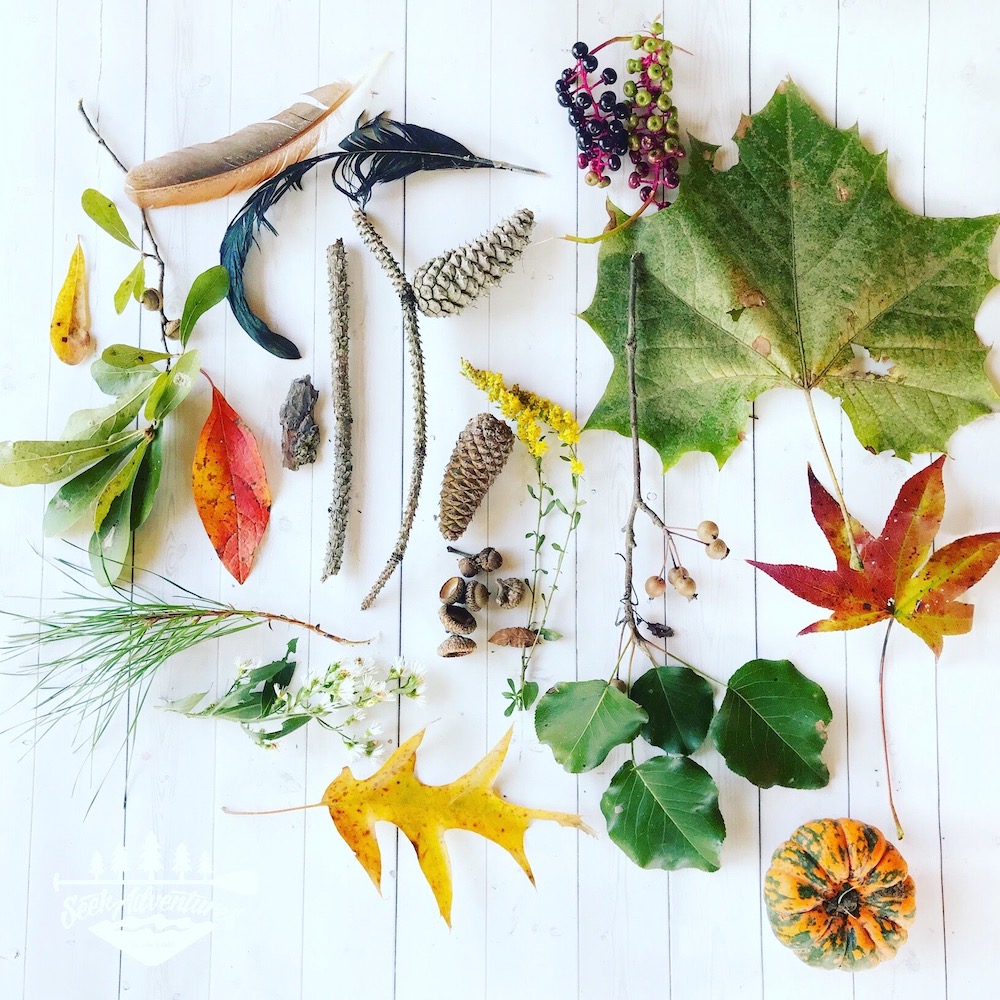
Step 3 – Use Your Display as a Learning Tool
We keep nature journals, and I will often catalog our finds in our nature journal. Along with a quick sketch, the things I record are:
Date Found
Location of Find
Common Name
Species
Information on taxonomy
Information on uses or interesting facts about the item
Step 4 – Play
Nature items are fun to collect, but they also make great toys for imaginative kids. George loves to play with sticks, rocks, and acorns. He can haul acorns with his trucks for days!
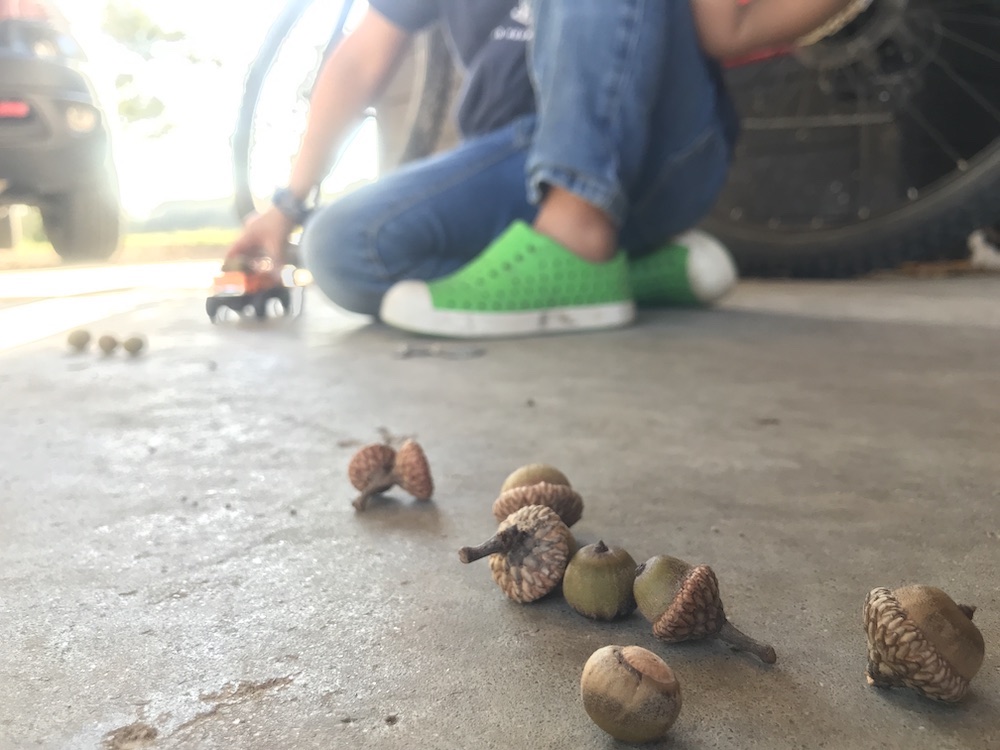
Share your collection with others!
We are involved in a nature exchange with a few families across the country. Four times a year, we exchange seasonal nature collections. We gather 5-10 small items in a box and ship it to our pals, and they do the same in return. It’s always fun to see what nature items are found in different parts of the country.
Helpful Resources
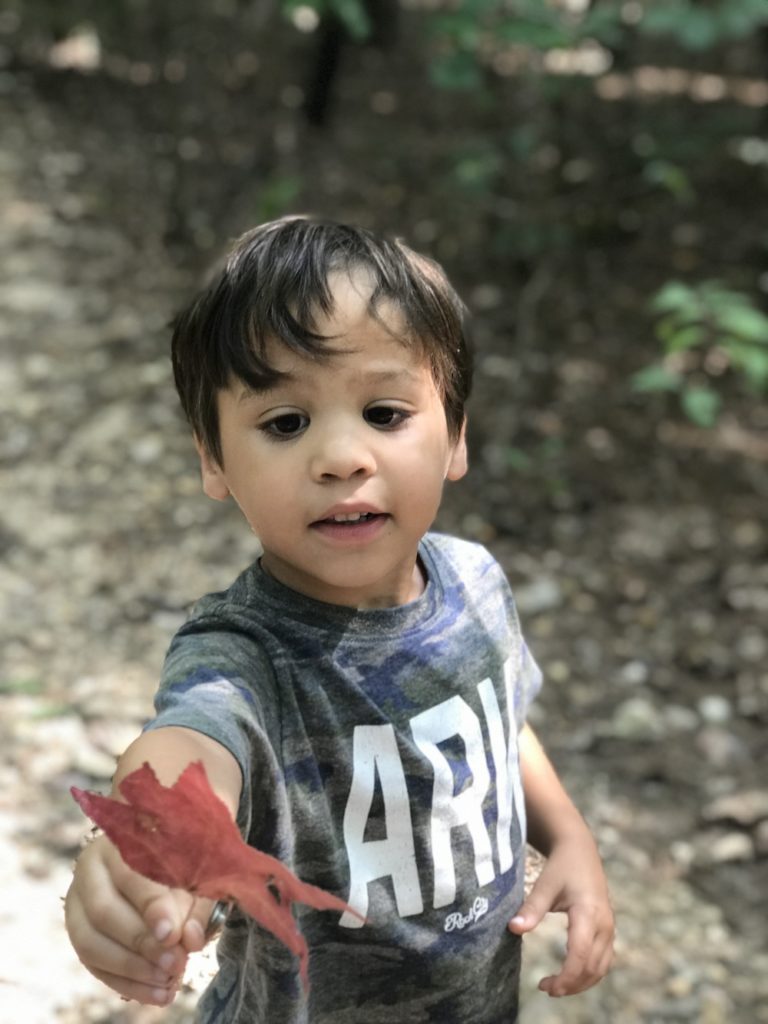
Read Next
- Explore Nature with a Fall Scavenger Hunt
- Explore Nature with a Spring Scavenger Hunt
- Winter Scavenger Hunt
- DIY Fall Sun Catcher
- The Mystery of an Oak Gall Uncovered
- Hunting Morels
Pin How to Create a Nature Collection to Pinterest to save it for later.
